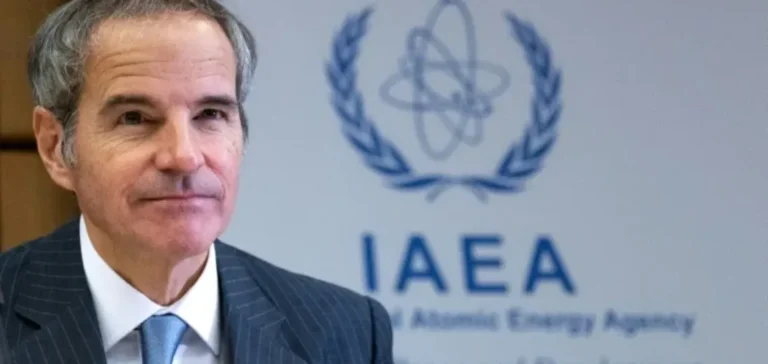The International Atomic Energy Agency (IAEA) has released a new edition of its annual report on global energy outlooks, projecting a marked increase in installed nuclear capacity by 2050. In its high-case scenario, the IAEA estimates that global nuclear capacity could reach 992 gigawatts, 2.6 times more than the 377 gigawatts recorded at the end of 2024.
Five consecutive years of upward revision
This marks the fifth consecutive year in which the agency has revised its long-term forecasts upward. Since the first post-Fukushima shift in 2021, the IAEA’s high-case scenario for 2050 has increased by 25%, from 792 to 992 gigawatts. The scenario accounts for national nuclear policies, anticipated reactor construction, and the market arrival of small modular reactors (SMRs), which could account for 24% of added capacity by 2050.
Significant gap between scenarios
In the low-case scenario, the IAEA forecasts nuclear capacity at 561 gigawatts in 2050, representing a 50% increase from 2024. This projection assumes current policy trends continue without major regulatory changes. Under this outlook, SMRs would contribute only 5% of new capacity. The disparity between the scenarios highlights the role of investment conditions, policy support, and industry momentum.
Required build rate quadruples
To achieve the high-case projection, an average of 26 gigawatts of new capacity would need to be added annually through 2050, compared with an average of 5.9 gigawatts per year over the past five years. This pace would require major mobilisation of supply chains, technical expertise, and financing, including support from multilateral development banks.
Aging nuclear fleet to offset
The report notes that nearly two-thirds of the current global nuclear fleet has been in operation for over 30 years, and about 40% for more than 40 years. Extending the operational lifetime of reactors is identified as a key strategy, particularly in regions with ageing infrastructure. In the high case, only 81 gigawatts electric are expected to be retired by 2050, compared with 156 in the low case.
Strong regional growth in Asia
The most significant increase in nuclear capacity is expected in Central and Eastern Asia, where the IAEA projects a threefold to fourfold expansion by 2050, depending on the scenario. Globally, approximately 40 countries are currently at various stages of nuclear development, with more than 20 others exploring nuclear as part of their future energy mix.






















